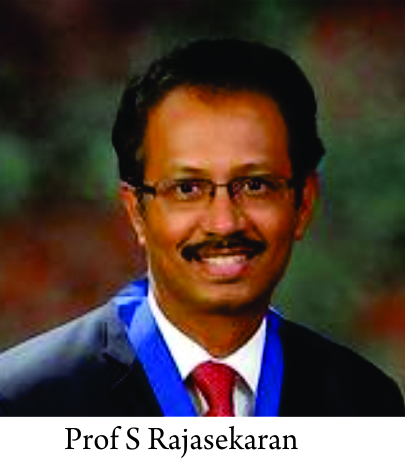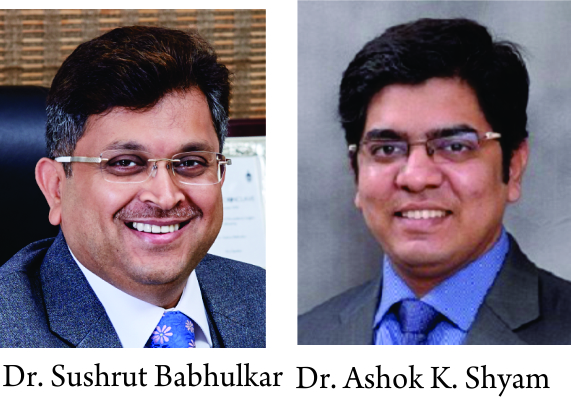Editorial – Open Fracture of Lower Limb Symposium
Vol 4 | Issue 1 | May – Aug 2018 | page:3 | Dr. S. Rajasekaran
doi-10.13107/ti.2018.v04i01.055
Author: S Rajasekaran [1],
[1] Department of Orthopaedics, Trauma & Spine Surgery Ganga Hospital, 313, Mettupalayam road, Coimbatore, India.
Address of Correspondence
Dr. S Rajasekaran,
Director & Head of Dept, Department of Orthopaedics, Trauma & Spine Surgery, Ganga Hospital, 313, Mettupalayam road, Coimbatore, India.
Email: rajasekaran.orth@gmail.com
Editorial: Open Fracture of Lower Limb Symposium
The management of open fractures of lower limbs present special challenges as they have increased chances of infection, number of surgical procedures, a high rate of complications, huge cost of treatment and very often a poor functional outcome. The treating surgeon is often faced with many difficulties in decision making, starting from the ability of salvage and extending on to the timing of surgeries and the nature of reconstruction of both bone and soft tissue defects. Although salvage is preferable, failed attempts at salvage must be avoided as secondary amputations can lead to huge financial, social, psychological and emotional disturbance to patients and their relatives. Advances in the design of lower limb prosthesis have significantly improved the chances for a painless and functional lower limb and so the result of treatment must be better than what is offered by modern prosthesis.
A thorough knowledge of assessment of these challenging injuries and protocols in management is required. These injuries are often a part of a polytrauma situation and so a team approach is absolutely essential. Tissue damage and loss involve both soft tissues and bone to varying extent and hence an ‘Ortho-plastic’ approach is essential right from the time of debridement. The entire team must be aware of the proper timing of surgery and the sequence of reconstructive procedures as any mis-judgement or faulty decisions can burn bridges and lead to poor outcomes or even amputation.
This volume has a compilation of a few articles summarizing the philosophy of treatment of these injuries at Ganga Hospital. They describe in detail the primary treatment and the sequence of surgical events which will lead to a successful outcome. I am sure that this will be of use to surgeons in training who are involved in the management of these injuries.
| How to Cite the article: S Rajasekaran. Open Fracture of lower limb Symposium. Trauma International. May-Aug 2018;4(1):3. |
(Abstract Text HTML) (Download PDF)


